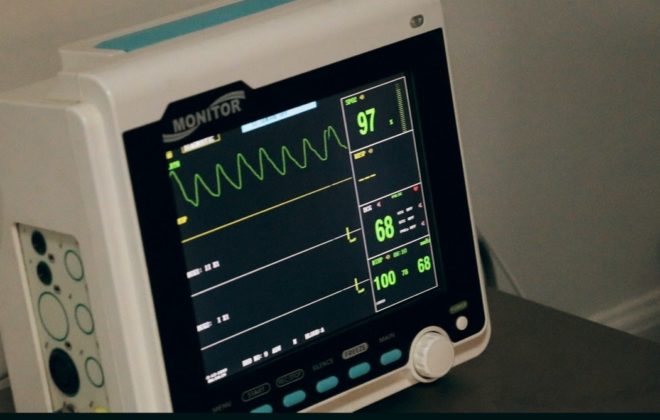How Technology Can Help Hospitals Achieve Better Business Outcomes
Managing the administration of a hospital is a daunting task for healthcare providers as they need to adhere to numerous complex regulations and expectations to deliver good quality patient care. This is especially true in today’s healthcare scenario of value-based care, where reimbursement is directly tied to the quality of patient care. Hospitals receive huge amounts of patient data every day. Converting that data into useful insights can help them transform the patient care experience.
Many hospitals are struggling with their outdated IT infrastructure and technologies, most of which are disparate and siloed. To improve communication and patient outcomes, hospitals must upgrade outdated gadgets and technologies, including things like medical devices at the patient’s bedside or nurse call systems, with newer technologies that support sharing of information between systems in real-time, so that care providers can efficiently track and manage growing patient loads.
Fortunately, in the recent years, the healthcare industry is transforming to become more aware, collaborative and patient-centric. Hospitals are adopting new technologies based on real-time monitoring that helps them to analyze and use data more effectively and efficiently.
These technologies help break traditional barriers by leveraging data analytics and real-time communication tools, including mobile platforms, to improve the consistency and quality of care. When technology is combined with clinical communication, alarm management, nurse call systems, sharing and analyzing patient information is possible. This data is used to derive actionable insights and improve patient care, which allows the hospitals to gain a competitive edge while maintaining low operating costs. By leveraging the secure web-based technology, hospitals can avail a complete solution consisting of financial management, administrative management, and clinical management tools.
Here are some ways in which hospitals use technology to derive better business results:
Improve Patient Experience
Mobile technology integrated with EMR systems enable patients to use their smartphones to view their prescriptions, treatment plans, and billing information online or through apps. Patients can use Webcams for remote consultations, and other new age technologies to stay connected with clinicians and other influencers.
With the help of actionable data collected from real-time monitoring systems, hospitals can understand the pain-points of patients and try to provide better services to patients. They can engage patients more effectively by using insights from patient behavioral analysis.
Hospitals can use patient behavioral analysis to create clinical operational models for better care design or even population health analysis. The methods used to identify the pattern of need and pattern of risk will be applied to models in the long term care, home care, and patient engagement, or to manifest understating of how perceptive measures are creating the patient response. For example, by combining technological innovations, including electronic medical records (EMRs) and remote monitoring, with a wide array of nontraditional services, such as caregiver support or no-cost transportation to its offices, hospitals can provide better care to senior citizens.
Improve Business
Hospitals can use patient data to engage patients and their family members and provide consistent, high-quality care. A better patient experience results in higher HCAHPS scores (Hospital Consumer Assessment of Healthcare), which is a measure of the extent to which patients are satisfied with their healthcare. This score gives providers insights into various aspects of the care they provide and in turn, helps them boost up their reputation and brings in more business.
Boost Productivity
Real-time monitoring methods not only improve patient-staff communication, but are also capable of delivering real-time data and analytics to help hospitals improve staff responsiveness and performance, manage workflows, balance workloads, and manage safety aspects that are very critical for hospitals. These technologies enable hospitals to make huge cost savings, while bridging the gaps in patient care, keeping patients safer and more satisfied, and making hospitals more profitable.
Provide Situational Awareness
Using the patient data, hospitals can improve their Situational Awareness which allows CIOs to make informed decisions related to patient experience, workload or capacity management, and patient behavioral analysis. It provides contexts to individual patient needs and gives visibility to hospital administrators to shift resources on demand.
Conclusion
Newer technology can help hospitals take patient care to the next level. IoT enabled sensors and Big data analytics is helping hospital administrators get the insights they need to better manage clinical teams, improve accountability across departments, and close communication loops with patients. Hospitals can use this information to enhance patient care and satisfaction, gain visibility to control labor costs and maximize reimbursements so as to drive better business outcomes.
With a cohesive and simplified view of patient data across their organization, hospitals can better prepare themselves to eliminate inefficiencies and deliver care focused solely on the individual needs of each patient.




